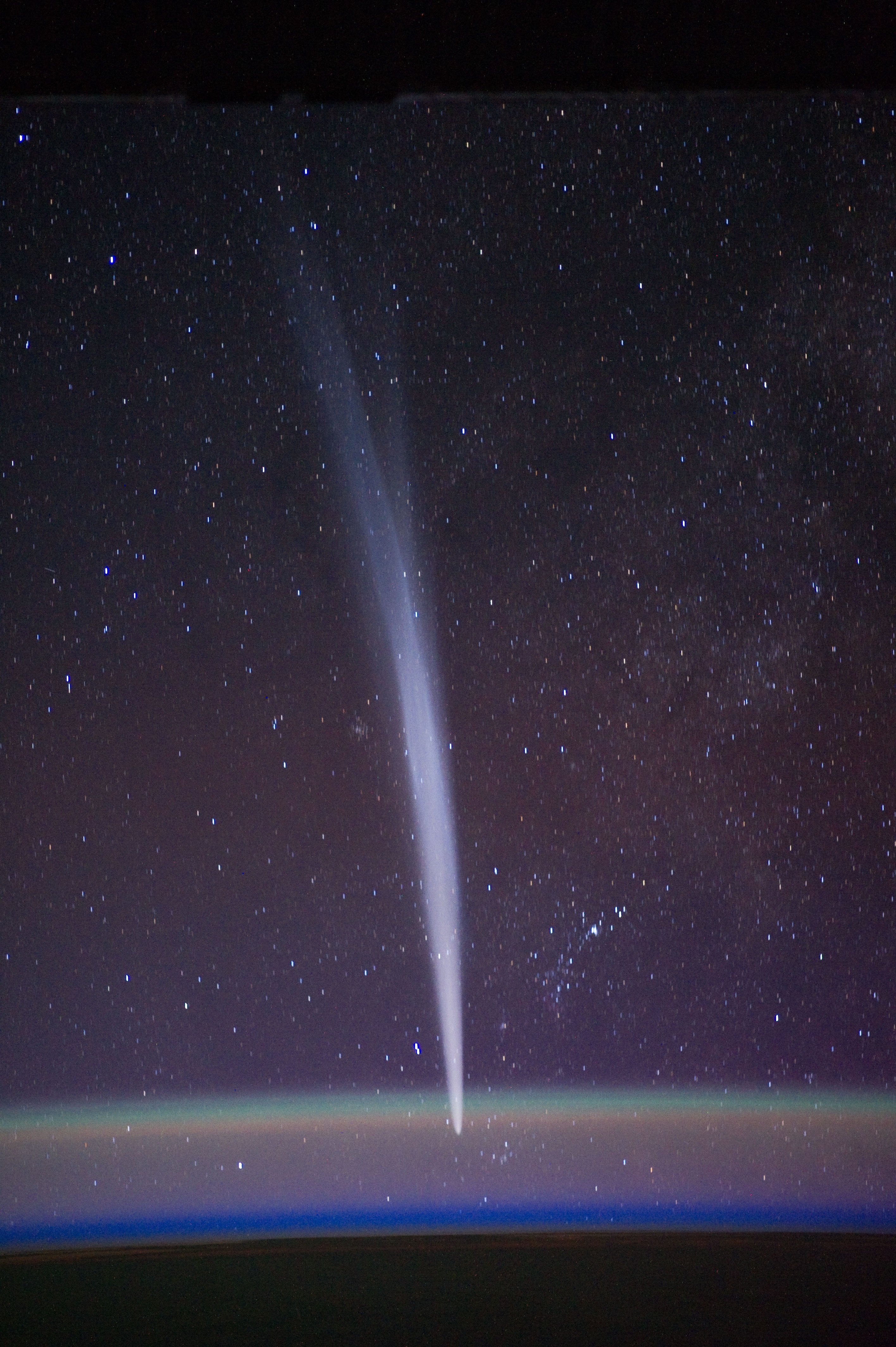
 This is a once in a lifetime opportunity to step outside, and see the comet Lovejoy.
This is a once in a lifetime opportunity to step outside, and see the comet Lovejoy.
Spot the passing comet C/2014 Q2 Lovejoy–named after Australian astronomer Terry Lovejoy who discovers comets in his spare time.
On January 7th, comet Lovejoy will reach its closest position (at 44 million miles) to the Earth. Past this point, the comet will burn brighter and emit vaporized ice and dust, as it nears the Sun on its 11,500 year journey since last pass. Comet Lovejoy is expected to reach a 4.1 visual magnitude at its brightest luminosity in two weeks, when it may even be seen inside city limits.
C/2014 Q2 Lovejoy reaches perihelion (closest distance to the Sun along orbital path) on January 30th, 2015.
How to Spot Comet Lovejoy in the Night Sky
As of now, you can look outside and see Comet Lovejoy zooming past us at 36.309 km/s in relation to the Sun–although it appears an inching pace. You may need a set of binoculars or a telescope, until this comet reaches a closer distance to the Earth.
See the Diagram by Sky and Telescope for a map of its path:
If you’re located in the Northern Hemisphere, step outside a few hours after sunset to see it.
Locate the constellation Orion (next to Taurus) at about 9pm for a great view of this comet glowing over the horizon. The comet will be easier spotted later in the month when the tail is illuminated by the heat of the sun, and the moon fades through its phases.
Watch the C/2014 Q2 Lovejoy traverse through the constellation Taurus, pass the Pleiades and out through Aries throughout the month of January.
This Chinese New Year, celebrate the close of 2014 and the return of 2015 the Year of the Goat (also the Green Sheep) with a velvet sky and the passing of comet Lovejoy burning bright. The glow of C/2014 Q2 Lovejoy takes on a green appearance due to the sun-rays burning carbon molecules in the comet’s tail. Welcome the Year of the Green Sheep with the green glow of comet Lovejoy as it fades overhead before the return of the Chinese New Year.
Astronomers say, if you don’t see this comet, you have missed the chance of a lifetime. Its orbit may have sped up like a slingshot pulled by gravity into the inner solar system, but it won’t make its return for another 8,000 years.
⚕Home⚕
cc: NASA Marshall Space Flight Center






